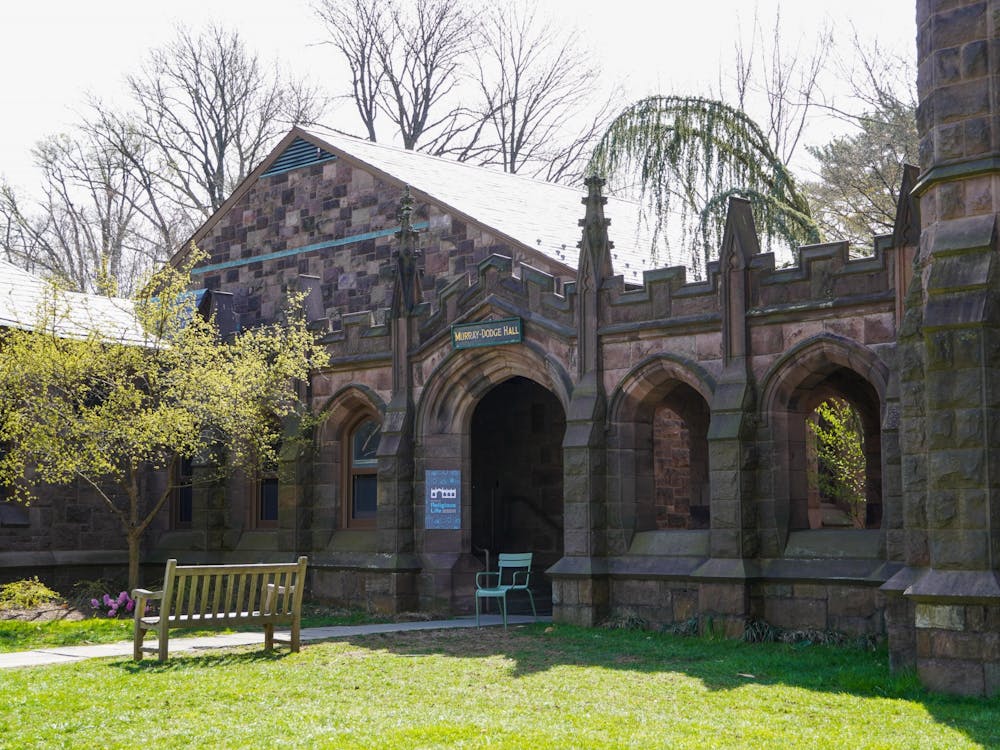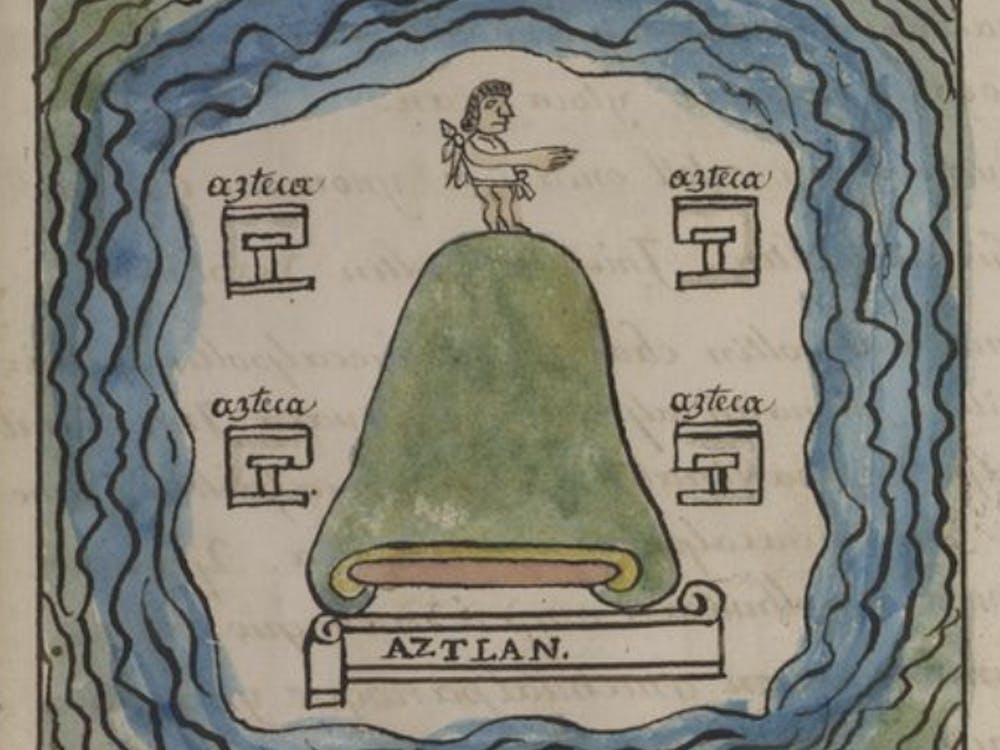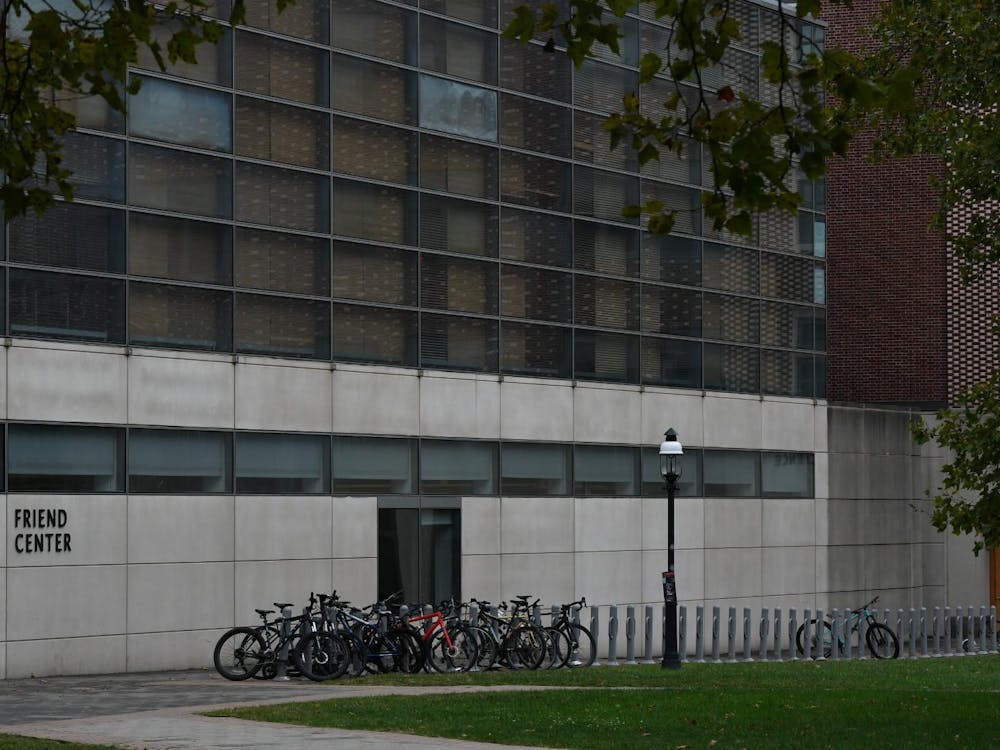The day after former University President Shirley Tilghman was nominated for the presidency, a student came into her office, imploring her to consider the plight of the arts on campus. The series of discussions with student groups that followed helped lead to one of the largest campus expansions in the University’s history. While most are familiar with the temporary difficulties of construction — such as the maze of fences obscuring Forbes College and the relocation of the Dinky — the plans for the Arts and Transit Project are as necessary as they are ambitious. Not only does the Arts and Transit Project seek to bring Forbes into the campus community with an expansion of public student spaces, but it will also create a unified physical home for the Lewis Center of the Arts, whose programs are currently scattered across various buildings on campus.
The Arts complex will be completed in fall 2017, and Tilghman expressed optimism at its success, especially considering the Lewis Center for the Arts’ tremendous impact since its conception in 2006 through a $101 million gift from Peter B. Lewis ’55, former University Trustee and CEO of Progressive Insurance who passed away last November.
“It’s probably the most ambitious extension of the campus since the E-Quad was developed [in 1962],” Princeton historian W. Barksdale Maynard ’88 said, also noting that the Dinky’s relocation removes railroad track that “has been in everyday use since before the Civil War.”
This is not the first time the Dinky has been moved, however. The train station had been located just south of Blair Hall until it was moved to its more recent location near present-day New South in 1918. The Dinky’s recent relocation for the Arts and Transit construction has been a source of controversy for the University, prompting six lawsuits from a community group named “Save the Dinky,” which was founded to challenge the relocation.
“The name ‘Save the Dinky’ implies the Dinky is being threatened,” University Architect Ron McCoy GS ’80 said. “We have tried very hard throughout the process to enhance the Dinky experience … by providing a better sense of arrival.” The new Dinky station and the relocation of the WaWa will be completed by the end of 2014, McCoy said, adding that the new WaWa building will have a green roof covered in vegetation for use as a lab program for University research. The two former Dinky buildings will be converted into a restaurant and a café, creating community spaces near a currently isolated corner of campus.
“Forbes College really lives on the absolute periphery of the campus,” Tilghman said. “This seemed like an amazing opportunity to reach out and bring both the Graduate School and Forbes into what feels like the gestalt of the campus.”
The arts development will consist of four buildings: a black box theater, a dance theater with adjoining acting and dance studios, a music rehearsal space and a plaza with an underground forum to which all of the buildings open up. Architect Steven Holl designed these buildings to evoke some of the sentiments of the campus typology, McCoy explained. “While it’s contemporary in its sense of material, composition, form and space, it’s a modern building that has a deep appreciation for campus traditions of making courtyards, portals and gateways, and even a sense of scale and composition.” In this manner, the complex’s “Gallery” tower will have similar proportions to the tower of Blair Arch, which it faces on a grand axis that spans Blair Walk.
Aside from the details of the building’s design, the construction of a major arts complex appears to be a large shift in campus construction, as most recent construction projects have been related to the sciences, such as Frick Chemistry Laboratory and the new Neuroscience and Psychology buildings.
While the Departments of Dance, Theater and Music will receive new spaces in the complex, the Program in Visual Arts will remain across campus in the Lewis Center for the Arts’s current site, 185 Nassau St., and the Program in Creative Writing will remain in the nearby New South building.
“Having these things happen all over campus is actually important and enriches the overall community,” Tilghman explained. “I think [the Lewis Center for the Arts] is really fulfilling its mission, and if it’s doing it now, imagine what it will do once it has a real home.”









